Most people think of the DISC model and the different DISC styles purely as a business tool. However, students can also find value in using DISC assessments.
Students need to learn skills to better communicate and interact with each other. It is essential for them to succeed in school, the working world, and beyond. DISC assessments can help them achieve success. DISC can help students to become better communicators, while improving interactions with all DISC styles.
Students Can Improve Communication Using DISC
There are many students who find it easy to get along with others. However, there are plenty who feel they can improve how they interact with others. They may struggle to get their point across, or fail to see why others don’t understand what they’re trying to say. Not only can this lead to frustration, but it can also lead to miscommunication. Students may struggle in their frequent group projects and teamwork. They need a tool that can help them work well together. Students can communicate better if they are aware of each other’s communication styles.
Knowing how to talk to someone is often just as important, if not more so, than knowing what to say. Students using DISC have the tools to communicate better with others. Public speaking and presentations are all a part of daily schoolwork for most students. Students can use DISC to find the best way to communicate information more efficiently to their target audience. In addition, students, who know their own DISC style and how they tend to show up under pressure, will be better prepared for public speaking. They will have more success in conveying their message and getting better grades.
Teamwork and Group Projects are an Essential Part of Student Coursework

In schools, teams are becoming the norm for more than just projects. Some classes have students work in daily or ongoing class pods. Students who don’t have the skills to effectively communicate may have difficulty working in teams. They may assume everyone prefers to do things the same way they do. For example, if a student prefers to skip instructions and make decisions without checking with team members, he or she may assume that everyone else in the team does too. Other times, they may stop or forget to make an effort to adjust their interactions with others. The DISC tool reminds them to constantly be self-aware and make adjustments if they truly want to be a successful team member.
Fortunately, there are plenty of ways to proactively avoid problems when working together. Understanding how one another prefers to communicate is one of those ways. In addition, DISC helps students understand that they can only control how they interact, but they cannot control others. Through the DISC assessment, students see their own strengths and areas of development. They also see how people of all DISC styles are similar and different.
There are instances where group projects go wrong. Conflict and disagreement are bound to happen at times. Some of the issues stem from miscommunication and a lack of understanding of the people you’re working with. While the DISC model is simple to learn, it does take practice. If used proactively to head off miscommunication and frustrations, then DISC can lead to better teamwork and more respect for the differences in team members. Now, the communication is not a distraction. The team members can focus on each other’s strengths and teamwork to get the assignments completed.
It’s Never too Young to Start

When people are better understood, the world, as a whole, is a better place. It makes sense, right? People get along; they respect each other’s differences, and focus on positive things. In addition, people listen to each other’s input and thoughts so tasks can get accomplished. Students often overlook some of that because they don’t have enough skills or experience to recognize it in the first place. Self-awareness actually allows students to become more outwardly focused. Again, the good news is that knowing and using the DISC tool is a skill that can be taught and mastered with practice.
Teams will not accomplish tasks if there are ineffective interactions or each member focuses solely on his or her own way of communicating. Students may not be aware that others are listening or hearing their message because they have different DISC profiles. Experience and training will help young people interact better with others, but it will take time to develop. Yet, DISC is a skill that can be taught early on and used successfully.
Understanding Others Makes For a Better World
A lack of understanding and a lack of communication add to the challenges that students face today. When people talk to each other and really listen to the answers, so much more gets accomplished. It’s often an overlooked skill. If students are able to adjust their behaviors in a way that facilitates smoother interactions, then they will be ahead of the pack. Students will find success beyond their academic setting. That can go a long way toward ensuring a good understanding of how a situation works and how much of the issue people really understand.
When students present to an audience or class, the key is being aware that the information won’t be heard and understood the same by all people. They’ll need to process it differently. Of course, it’s not possible to meet everyone’s communication styles in the audience. Students may create presentations based on how they prefer to be engaged. For example, if the student thrives on detailed processes and facts, they may inadvertently assume their audience is also interested in processes and facts. The DISC model can go a long way toward developing students who are more accepting of others and more aware of their surroundings.
Preparing Students for the Job Market

The DISC model can also help students prepare for the job market. Everyone needs a competitive advantage whether it’s meeting potential recruiters or future bosses. Students need every skill and tool available to make a lasting impression. Graduates will not only be going up against fellow graduates, but also people with job experiences and training. The skills to be able to communicate effectively will help a graduate stand out from the crowd.
No matter the age of a student, he or she can start preparing for the job market and the working world by developing good communication skills. Those skills are more likely impress interviewers and get them hired! Once hired, it will help him or her continue on a path to success by being able to interact well with employers, co-workers, and clients.
Preparing for the Working World
Congrats! You’ve graduated, got hired and now are about to enter the working world. Now it’s just as critical, if not more so, to be able to communicate appropriately. There’s less room for error. Students, from a very young age, work best with clear directions. Students in college do the same. It’s part of the learning process. In the working world, clear directions aren’t always a given. How those directions are provided and processed also matters. They will be more successful understanding directions if they have skills to listen and interact with others.
Since people process things differently, good directions may not work well for everyone. Sometimes people clash because of differing communication styles. A D-style team member prefers to give succinct, brief directions and expects quick results. However, his or her S-style team member may be hesitant to act on those directions without additional information, support, or buy-in from others. The information students learn in school can be translated to the jobs they’ll have. The earlier people learn communication skills, the more likely they’ll be recognized and promoted.
DISC Gives Students Strong Levels of Insight
Students will gain an advantage if they have DISC communication skills. Understanding people is vital, but the skill doesn’t come naturally for everyone. In fact, most people, young and old, can improve their level of insight. Too often, people may be focused on their own perspective and they don’t see how others may have a different view. They expect the other person to get it right away. If that person doesn’t get it, he or she may appear clueless or not very sharp. In truth, the person may just have a different communication style. So, a different approach could solve the issue entirely.
People can get stuck in their same ways of doing things if they don’t have self-awareness. Often, we think of older people as being set in their ways, but it can happen with anyone. People fall into comfortable patterns of communication. They become routine since they are behaviors that are part of our natural DISC style. However, they don’t always translate well to working with others. The DISC model reminds students that others don’t always communicate the same way. Students need to adjust their patterns to work with others more easily. Students will also realize how important communication really is in the world.
Why Insight is Important
Self-awareness can make a difference in school, at work, and in personal relationships. It can also make students more sensitive to the needs and goals of others. Hence, they man be more compassionate and understanding. While not every student will become that way through learning about DISC profiles, it is certainly one of the ways students can develop more fully. It’s not always about just knowing that someone is different. It’s also about communicating through those differences and understanding how to work with others more effectively. Differences make up the world, but they can also be harmful when communication fails because of them. DISC communication profiles can help avoid that.
The understanding between two or more people can move relationships and projects forward, and that affects the bigger picture of the world. Two people can still work together well even if their DISC styles are very different. Awareness and adjustment is the key. That’s good news for anyone who feels misunderstood in school, too. With the DISC model, people develop a deeper appreciation and understanding of other’s differences.
Insight is about understanding, but also about learning to be respectful and interact with people who are different. Even simple levels of interaction can make a big difference, and are important for students and their teachers. DISC profiles will improve that interaction, and thus, the lives of the students involved.
Building Relationships and Maintaining Them
DISC can do more than help students do well in their studies. DISC can also help students make friends and maintain relationships. It’s just as important as studies, if actually not more so. The idea that it’s not what you know, but who you know is often very true. When people interact better, they are more likely to develop friendships that could also be mutually beneficial.
DISC can help students meet and form bonds with others. If they get it right, it could form a lasting bond. This could be personal, professional, or both. Some friendships formed in school will last into adulthood. Others will end quickly, as people go their own ways. Regardless, though, it’s the value in learning how to develop relationships and friendships. That is a skill, and it is one that is very much needed in the technological world today that has become more isolating. It’s an important skill for work and building relationships, but also for simple social interaction.
If students can’t interact with one another well, they may feel more isolated and like outcasts. They need to be aware that behaviors are perceived differently. For example, people may not approach them if they seem cold or distant. When perhaps; they are really shy or reserved. Students may not realize the assertive behaviors they view in themselves, comes across to some as aggressive or even bullying. It’s a challenge, but better communication may increase awareness and allow for adjustments. Just knowing how to talk to people differently can mean significant changes to the way a person is seen, in school or anywhere else. It may not be easy, and it will take practice, but the rewards will show up.
DISC in the Long Run
Understanding the DISC model will help students form friendships more easily. That can get them better jobs and other perks in life. It can also simply keep them from feeling lonely or depressed. Being able to interact with people on the level those people need matters. The earlier young people learn that, the better it will be for them in the future. It’s not always easy to understand why people act a particular way, but their communication style often has a lot to do with it. When students can better understand DISC styles, they will also be able to recognize how others prefer to communicate.
The DISC model can help students succeed and understand one another regardless of the differences in the way people talk to one another. It’s a great way for them to see their own communication style and learn about others. They may also want to practice some changes to their behavioral style. If they do that, they could see that it makes a big difference in their school and future success.


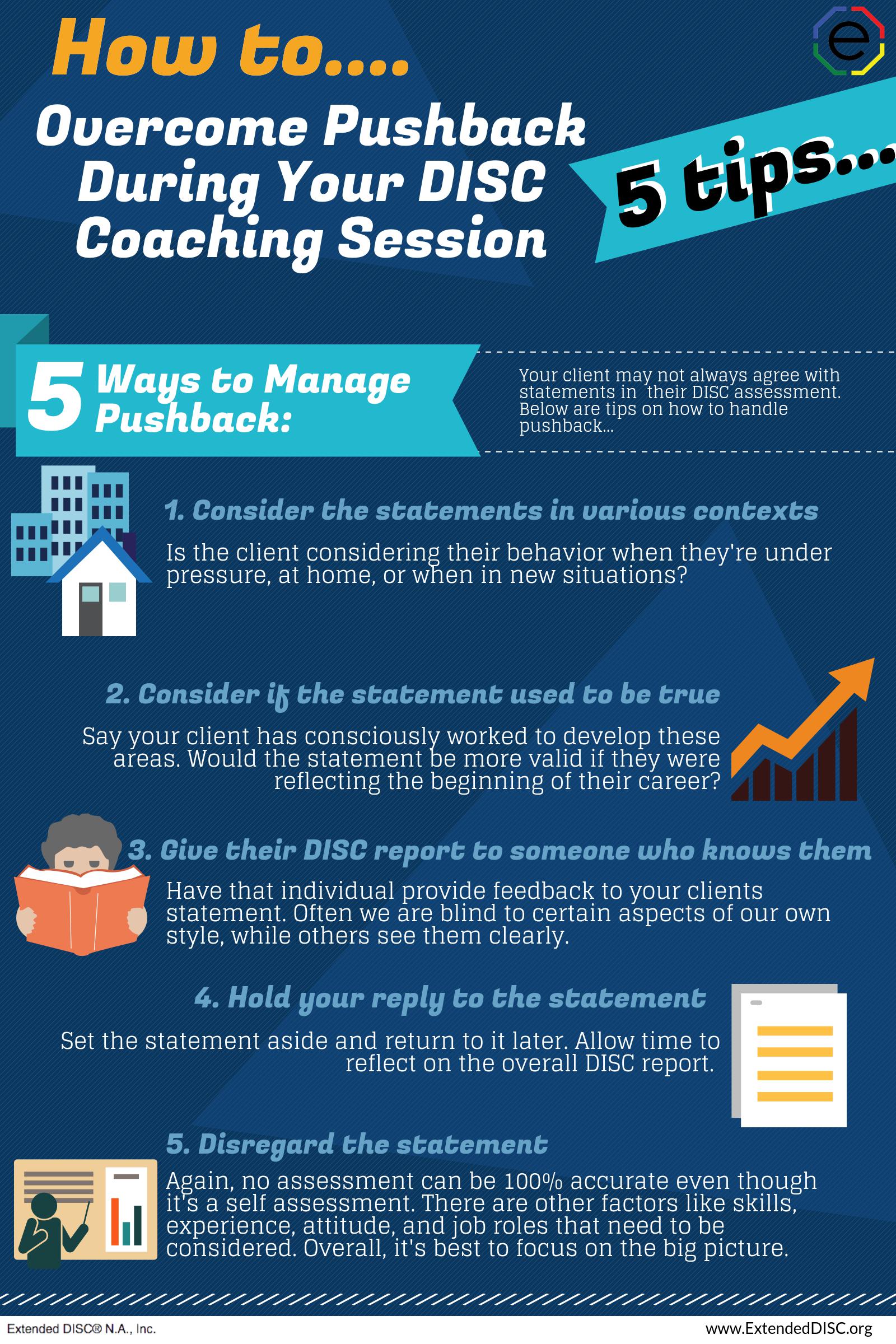

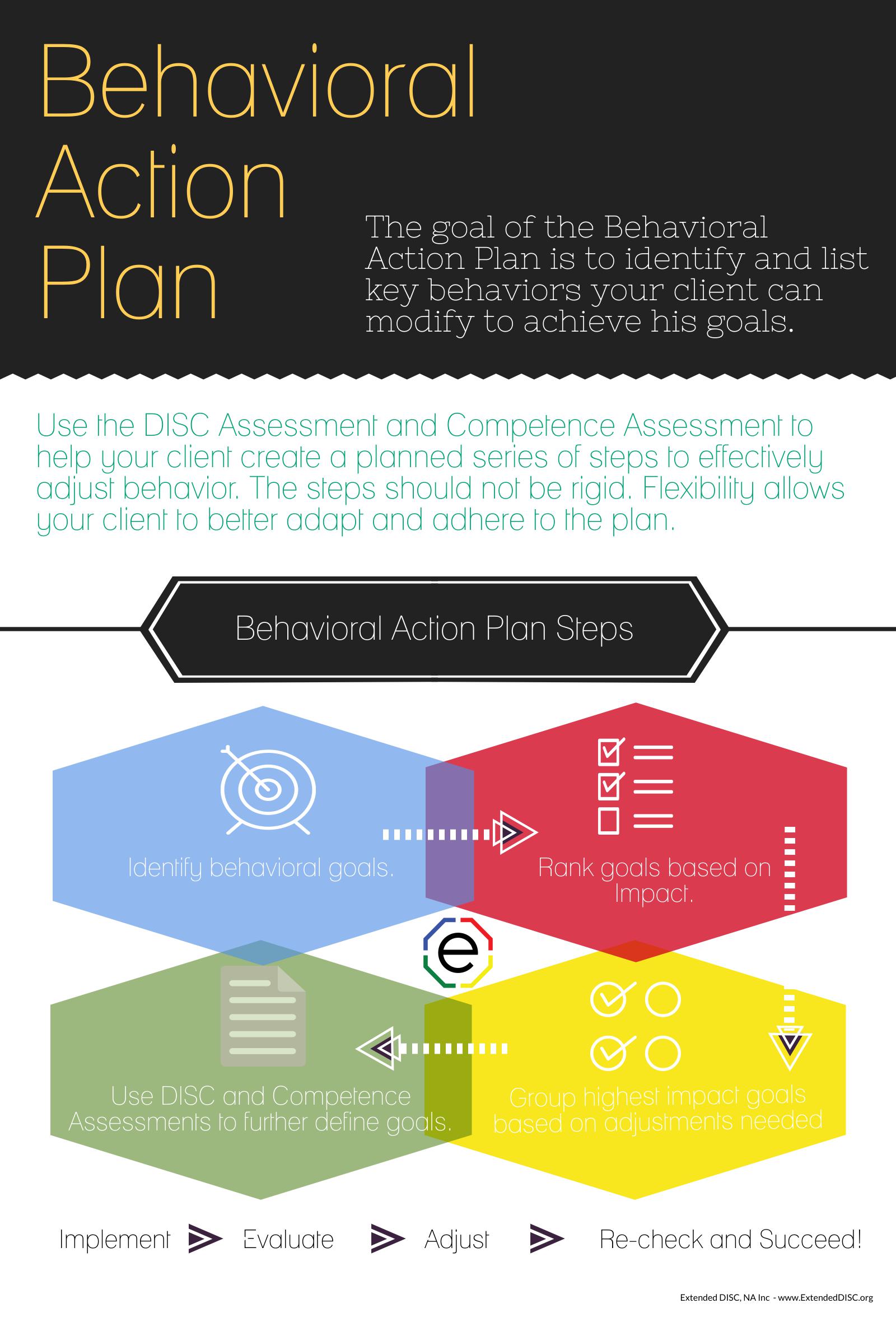


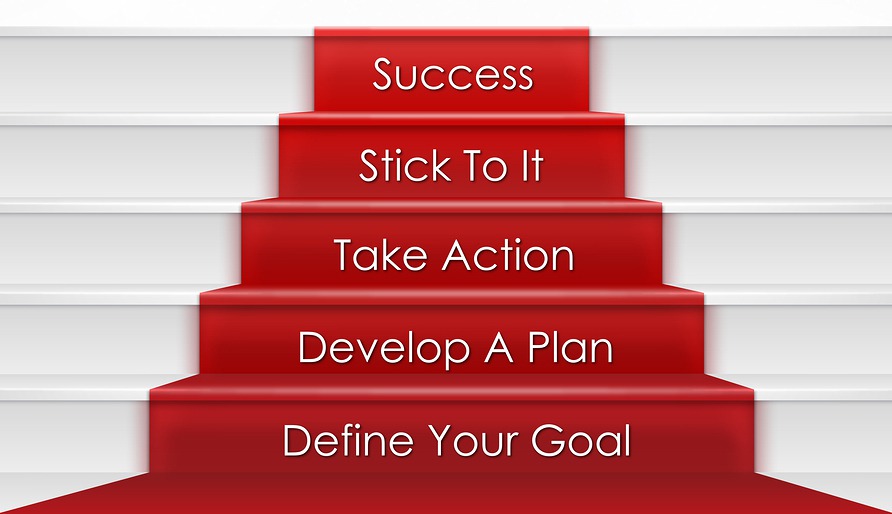

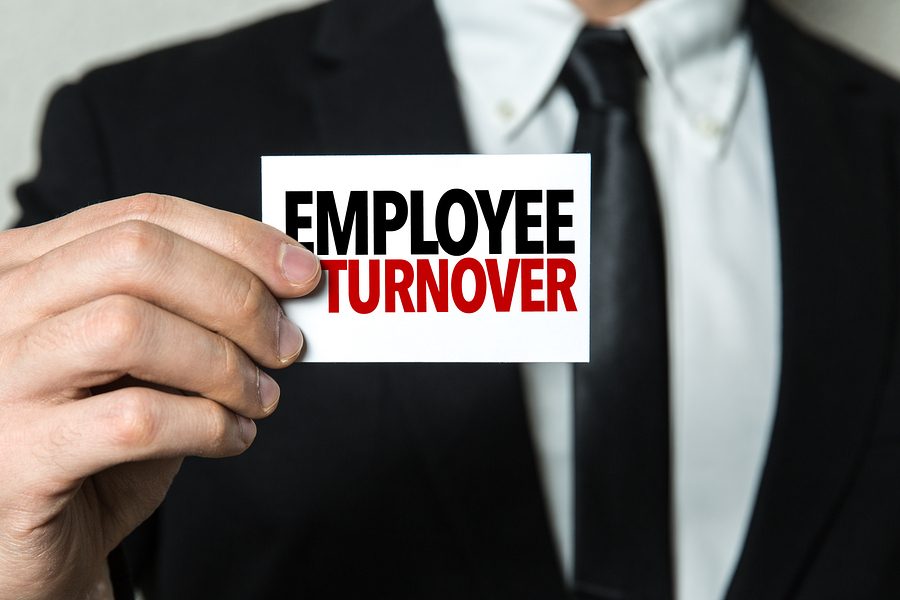

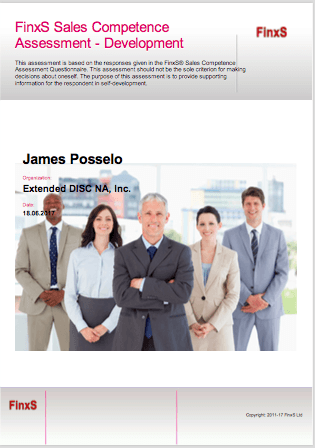
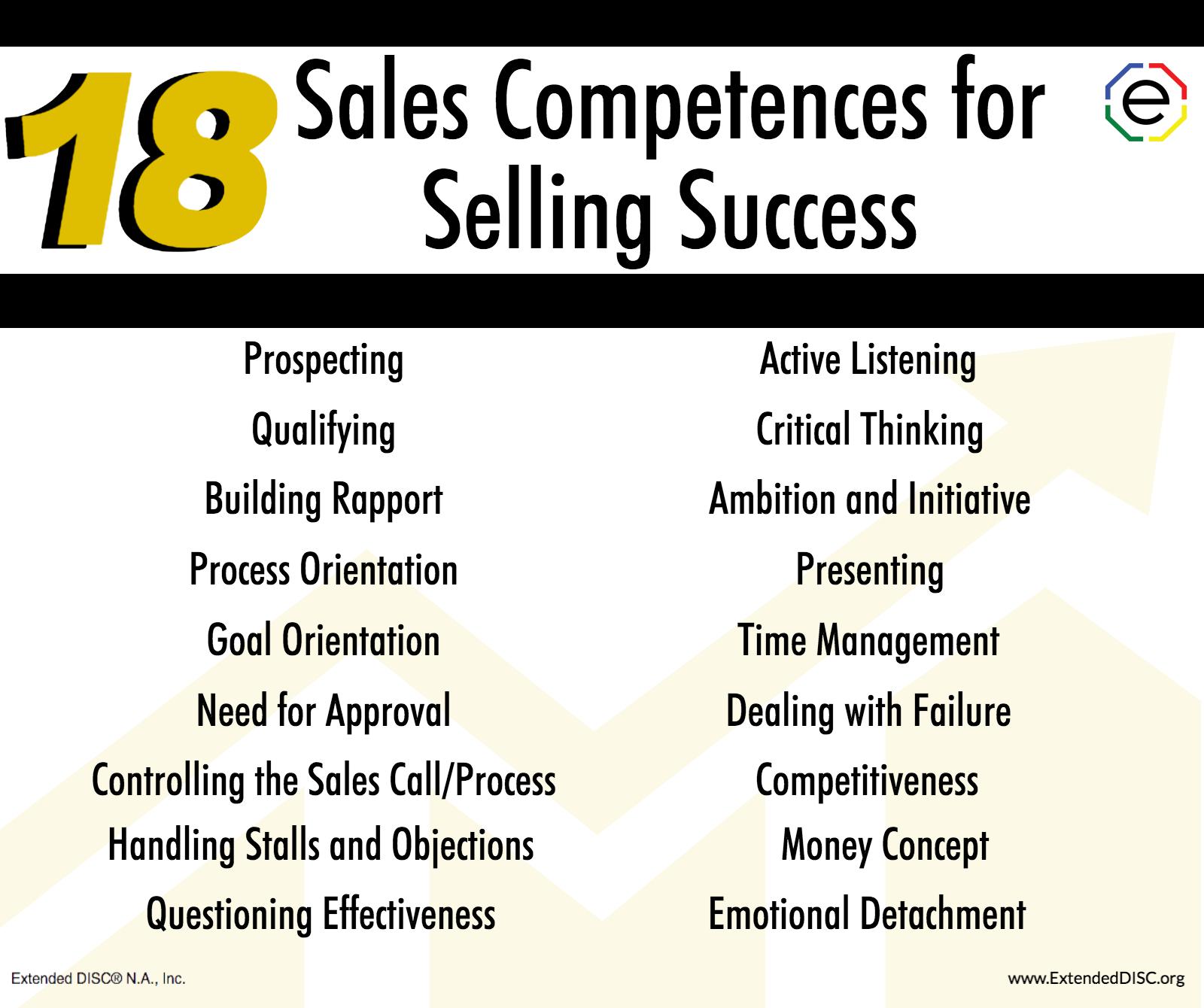
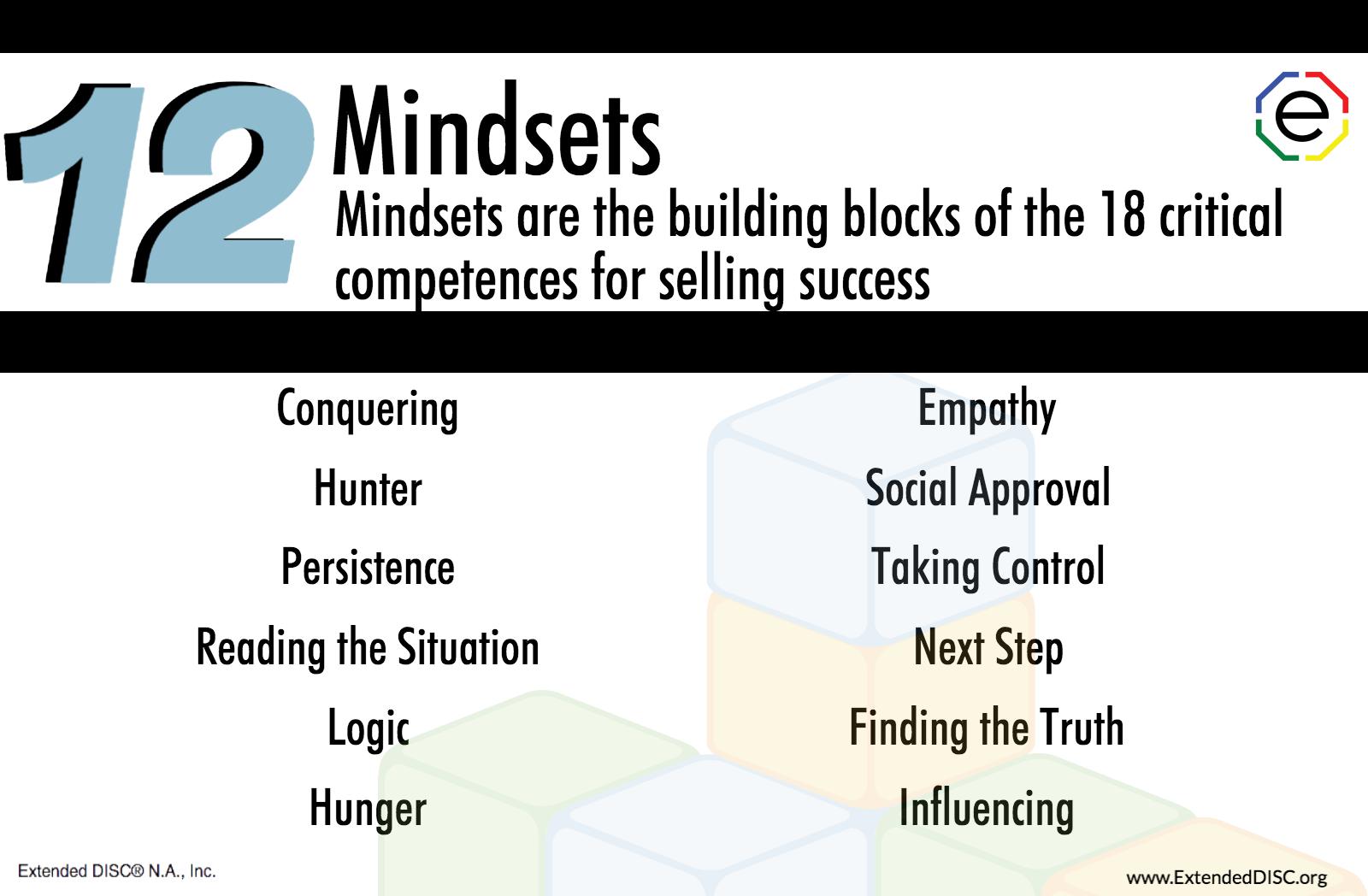


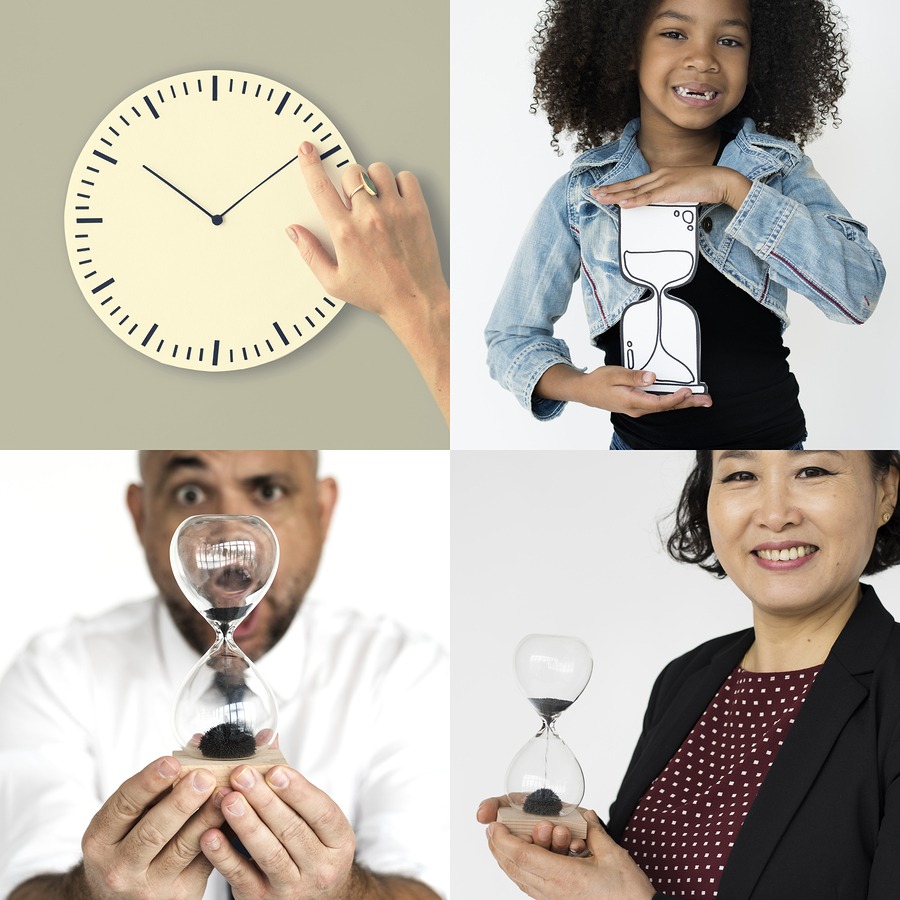

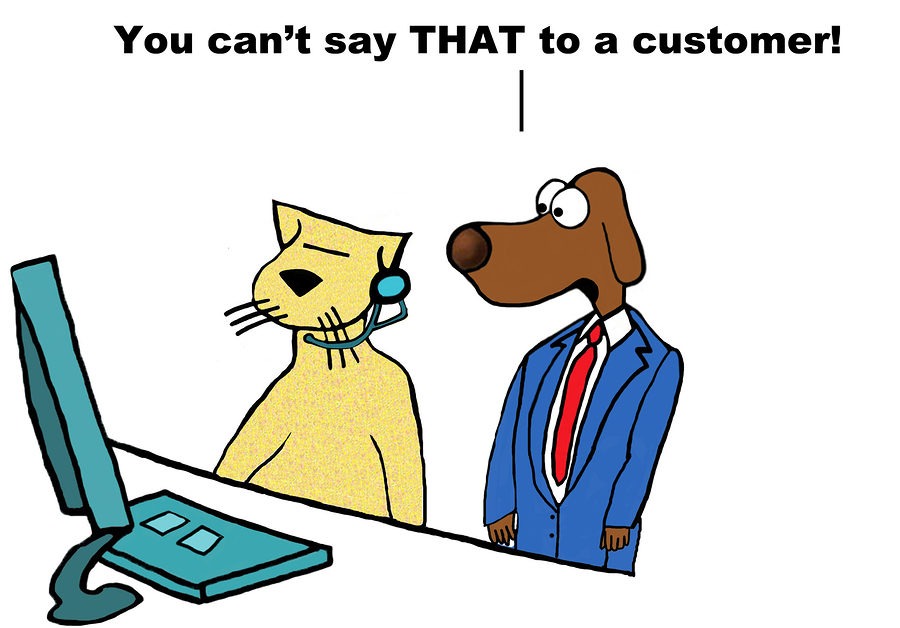

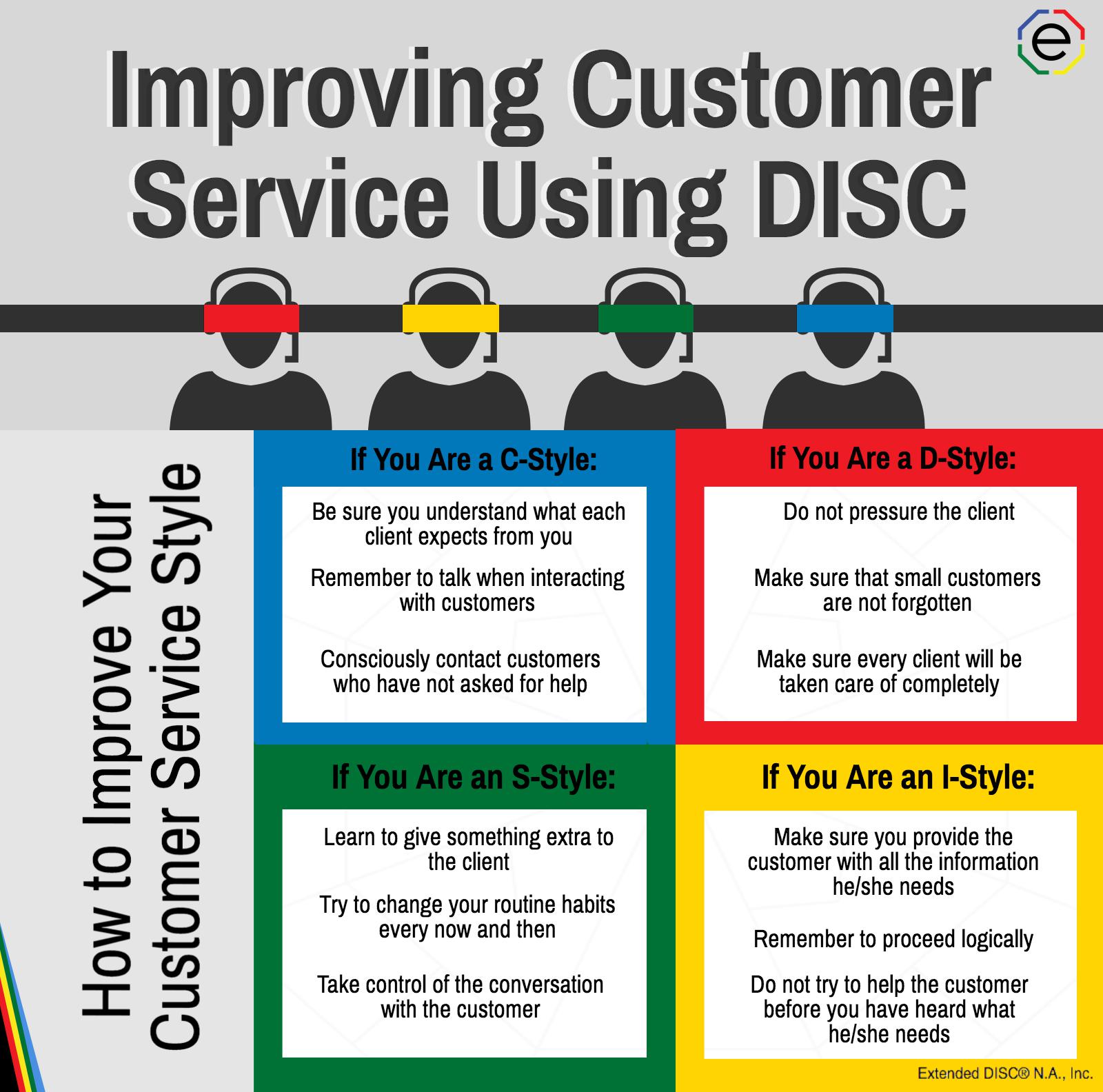
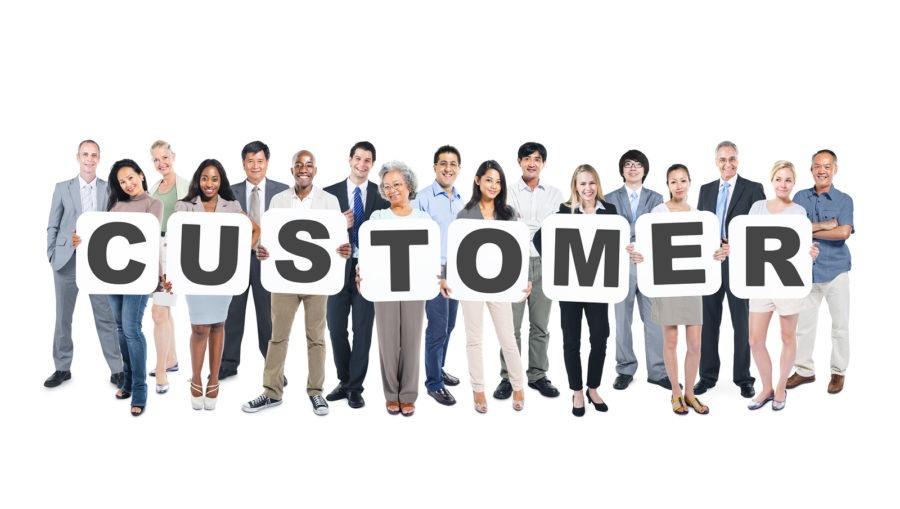 Customers interact with employees generally on their own terms. Employees need to remember that customers need and deserve good treatment or they can walk away. When they can communicate well with those customers, they can help their business succeed. But not all customers expect, want, or need the same type of interaction. People gain an advantage if they know DISC because their customers feel heard and valued. They not only appreciate that, but they remember it. They tell other people, which can increase the customer base.
Customers interact with employees generally on their own terms. Employees need to remember that customers need and deserve good treatment or they can walk away. When they can communicate well with those customers, they can help their business succeed. But not all customers expect, want, or need the same type of interaction. People gain an advantage if they know DISC because their customers feel heard and valued. They not only appreciate that, but they remember it. They tell other people, which can increase the customer base.



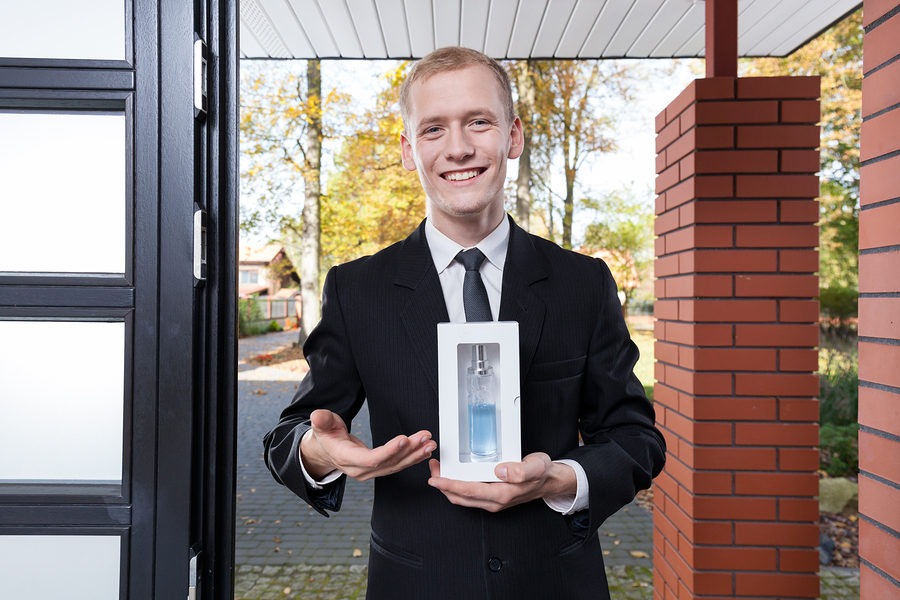
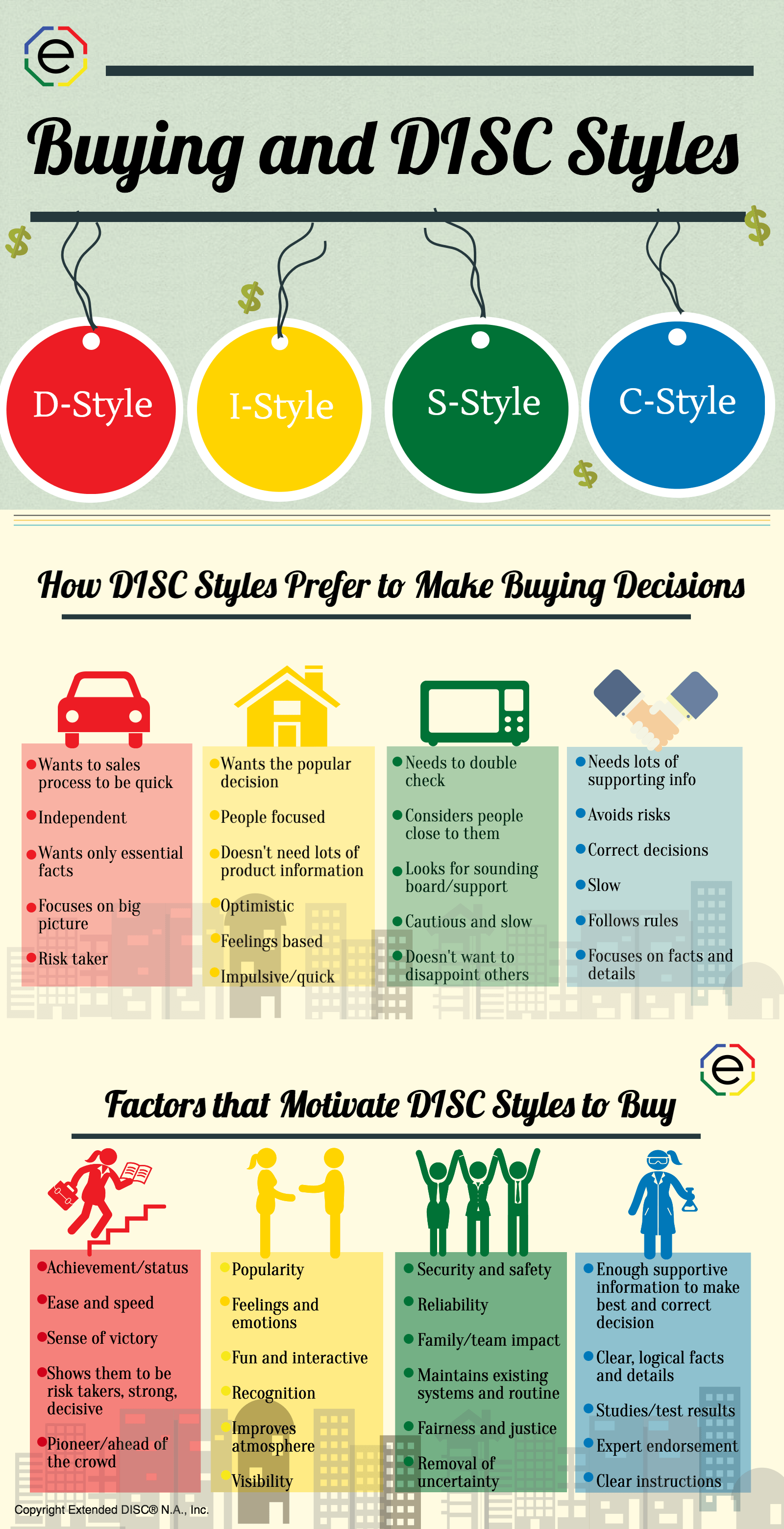
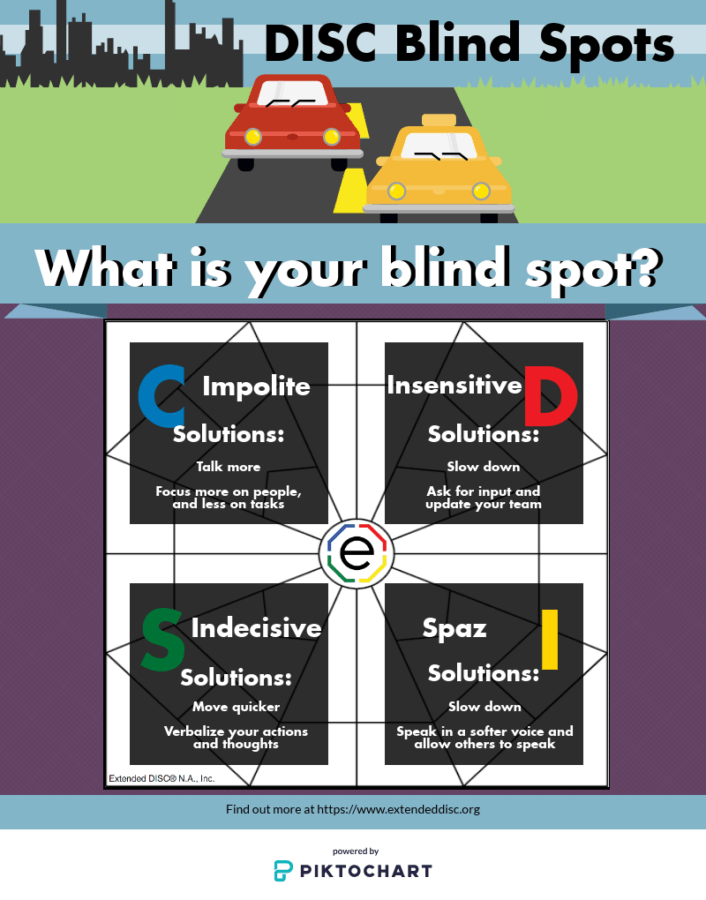 DISC focuses on behaviors or how a person acts. Think of the act of doing something as essentially neutral. For example, your department has been assigned a special project to launch your latest product. You’re all over it! You’re moving fast and taking some risks. The finish line is in sight and the glory of the product launched. However, others see your actions differently. Were you shocked when your boss pulled you aside to tell you to slow down and stop carelessly rushing, or the project will fail? Both sides can agree the end goal is to get the product launched successfully. However, one person sees the other as rushing and not being a
DISC focuses on behaviors or how a person acts. Think of the act of doing something as essentially neutral. For example, your department has been assigned a special project to launch your latest product. You’re all over it! You’re moving fast and taking some risks. The finish line is in sight and the glory of the product launched. However, others see your actions differently. Were you shocked when your boss pulled you aside to tell you to slow down and stop carelessly rushing, or the project will fail? Both sides can agree the end goal is to get the product launched successfully. However, one person sees the other as rushing and not being a 





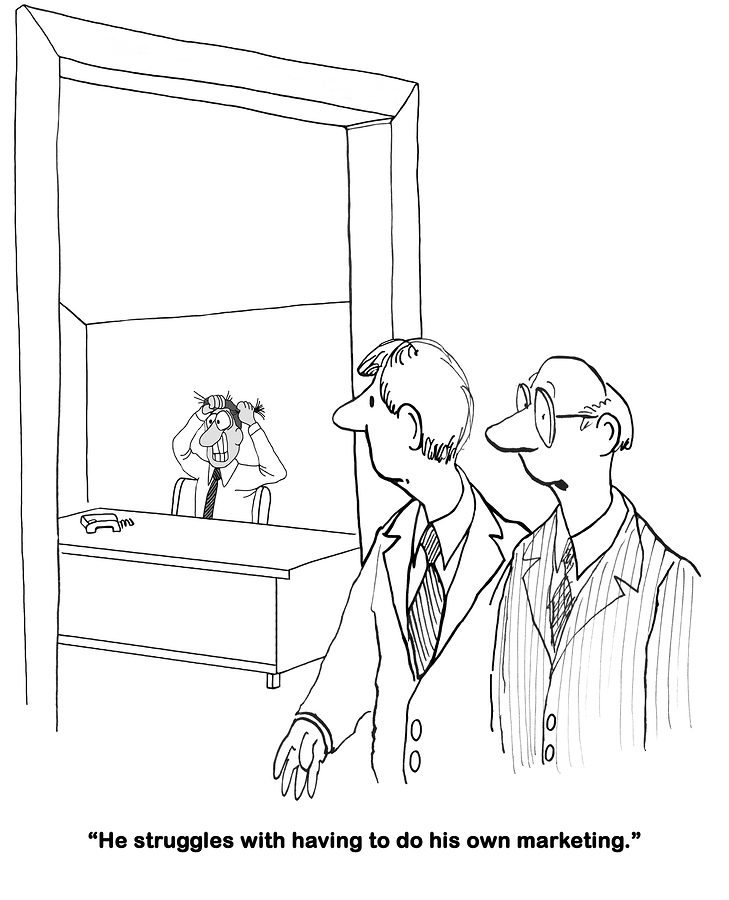 Don’t underestimate the power of finding out more about how your employees prefer to do things. The more an employer knows about employees, the better. Open minded employers can take the DISC profiles of their employees and use them to make changes that improve the organization. People work best in roles they are really suited for and comfortable in. With DISC assessments, that is much easier to determine. Employers can assign people to the jobs that motivate them and thrive in. Everyone is happier and more productive that way. More gets accomplished which is good for the company and its customers. Employers should always refer back to DISC profiles when making decisions since much can be learned from the ongoing practice of making sure people and jobs are a good fit.
Don’t underestimate the power of finding out more about how your employees prefer to do things. The more an employer knows about employees, the better. Open minded employers can take the DISC profiles of their employees and use them to make changes that improve the organization. People work best in roles they are really suited for and comfortable in. With DISC assessments, that is much easier to determine. Employers can assign people to the jobs that motivate them and thrive in. Everyone is happier and more productive that way. More gets accomplished which is good for the company and its customers. Employers should always refer back to DISC profiles when making decisions since much can be learned from the ongoing practice of making sure people and jobs are a good fit.